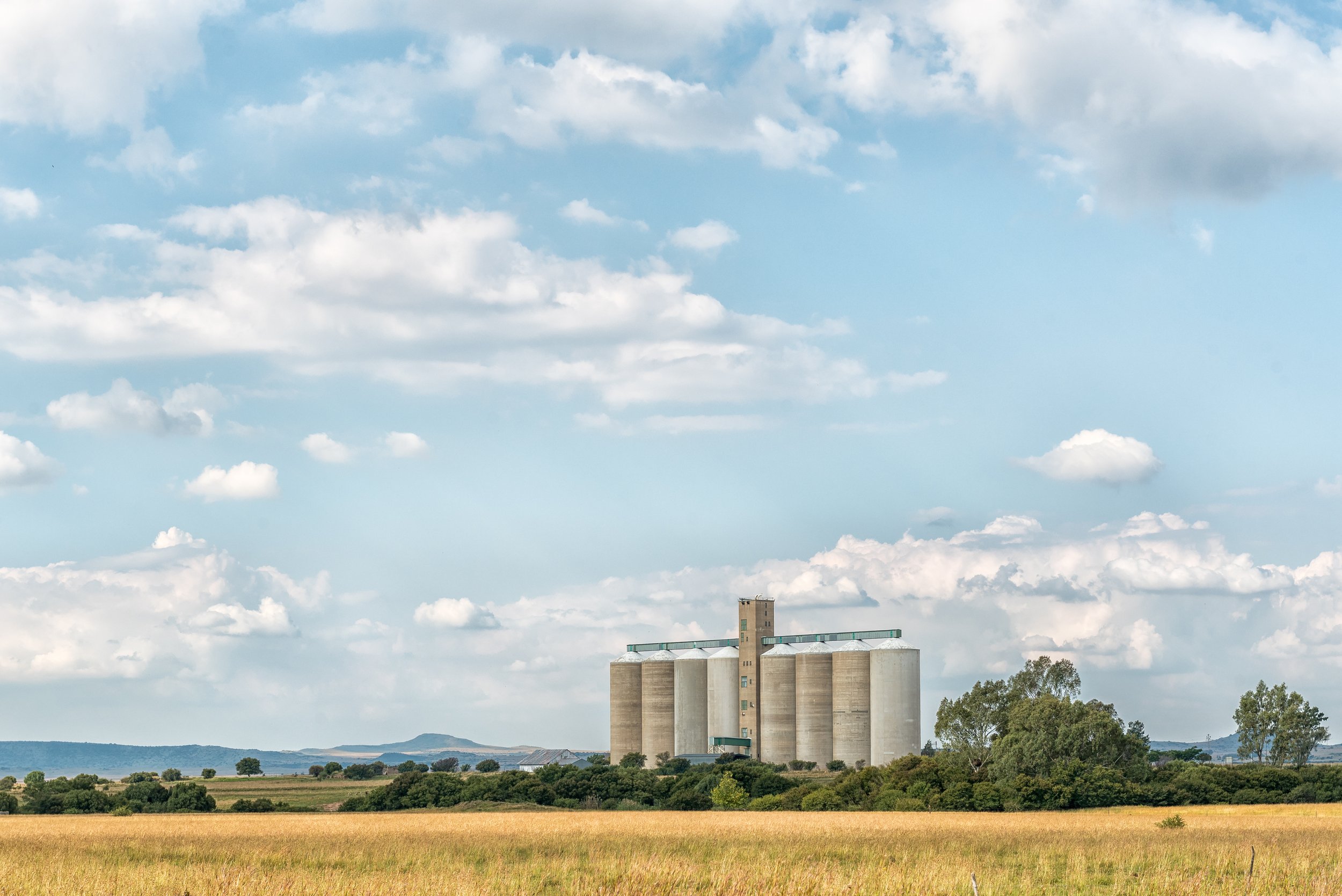The Project
The GlaS-A-Fuels project will develop a radical technology to produce advanced, solar biofuels. In a world where transport decarbonization is crucial, traditional biofuel production encounters obstacles. Despite the promise of Bio-BuOH, conventional methods often yield more bio-EtOH from the same feedstock.
GlaS-A-Fuels shatters this barrier
with our groundbreaking process
Vision
We aim to leverage the well-developed know‑how in bio‑EtOH production by envisioning the modular integration of a novel processing step, whereby bio‑BuOH and bio‑H2 will be produced from bio‑EtOH via the Guerbet reaction and EtOH dehydrogenation respectively.
GlaS‑A‑Fuels vision is twofold:
1
The development of a self-powered light-trapping and light-tuning photonic composite glass reactor for maximizing solar-energy harvesting
2
The development and validation of earth‑abundant and eco‑friendly photo‑amplified single atom catalysts (Photo‑SACs) able to bypass the current challenges for bio‑BuOH and bio‑H2 production.
GlaS-A-Fuels aims to harness the full power of the light‑activated carriers of photoactive supports by channeling this energy to the surface‑exposed transition metal‑cation single atom sites. There, via the effective coordination with the reactants and energy matching with their frontier orbitals, solar energy to fuel conversion can be maximised.
Waste Biomass
Agricultural, Municipal, Forestry, Animal Residues
➤
Bioethanol Production
Milling Sacharification Fermentation
➤
GlaS-A-Fuels
Integrated down-stream Technology
Photonic
Reactor
Photo-amplified
single-atom catalysts
Bio-EtOH ➤
Advanced Biofuels C4+ Alcohols, and H2








